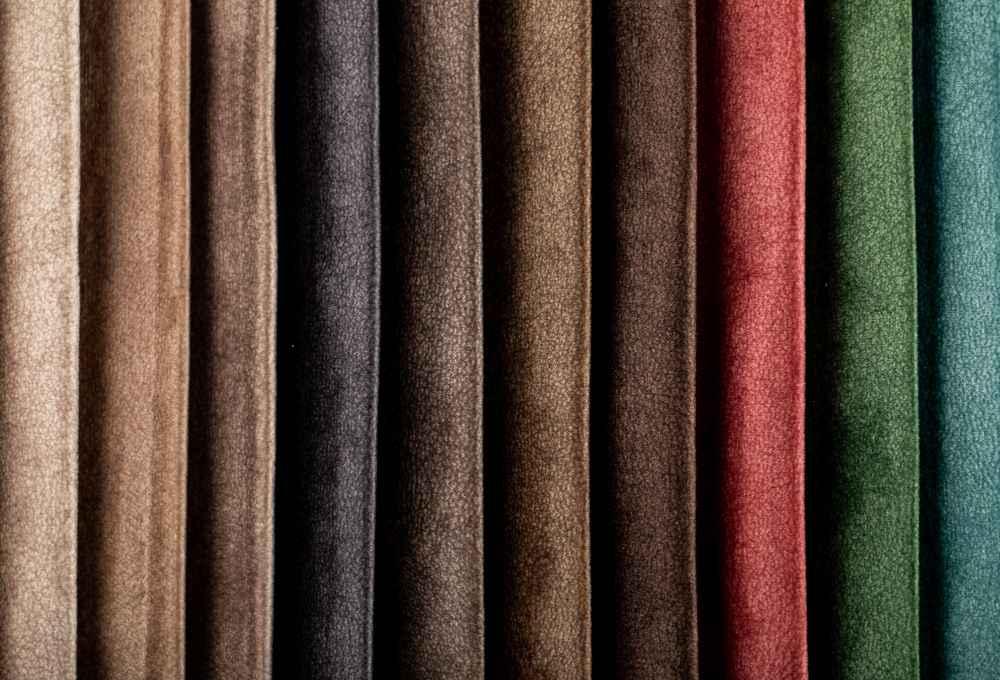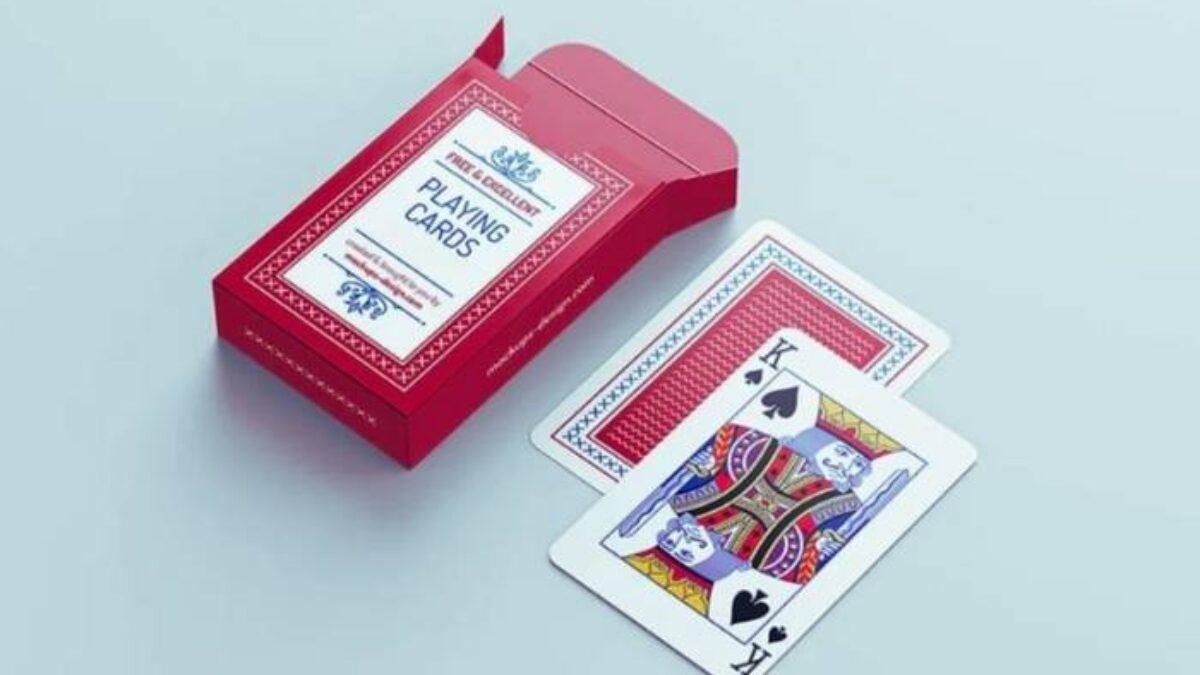Top Upholstery Fabrics Used in UK Period Homes

Period homes in the UK are known for their timeless charm, and the right upholstery fabric plays a crucial role in maintaining their authenticity. Whether it's a Georgian townhouse or a Victorian cottage, the fabric you choose can enhance the character of your home. Below, we explore the top upholstery fabrics commonly used in UK period homes, their characteristics, and why they remain popular.
1. Wool
Wool has been a staple in British interiors for centuries, prized for its durability and natural warmth. In period homes, wool upholstery adds a traditional touch while offering excellent resistance to wear and tear. Its natural fibres make it breathable, ensuring comfort in both summer and winter.
Many historic homes feature wool in upholstered chairs and sofas, often in rich, deep tones like burgundy, navy, or forest green. Tweed, a type of woven wool, is particularly popular in country-style homes, adding texture and a rustic appeal.
2. Linen
Linen is another classic choice, known for its lightweight and breathable qualities. It was widely used in Georgian and Edwardian homes, often in light, neutral shades that complemented the elegant interiors. Linen’s slightly textured appearance adds a relaxed yet sophisticated feel, making it ideal for both formal and casual settings.
While linen is soft and comfortable, it can crease easily, which some homeowners appreciate for its lived-in charm. For a more refined look, linen blends (mixed with cotton or synthetic fibres) offer added durability.
3. Velvet
Velvet has long been associated with luxury, making it a favourite in grand Victorian and Regency homes. Its plush texture and rich sheen create an opulent feel, perfect for statement furniture like Chesterfield sofas or upholstered headboards.
Originally made from silk, modern velvets often use cotton or synthetic fibres, making them more practical for everyday use. Deep jewel tones—such as emerald, sapphire, and ruby—are common in period homes, enhancing the sense of grandeur.
4. Silk
Silk was the fabric of choice for high-end interiors in the 18th and 19th centuries, particularly in aristocratic homes. Its smooth, lustrous finish adds an air of sophistication, often seen in damask or brocade patterns.
While pure silk is delicate and best suited for low-traffic areas, silk blends provide greater durability. Many heritage homes still feature silk upholstery in formal living rooms or drapery, maintaining their historic elegance.
5. Cotton
Cotton is one of the most versatile fabrics used in period homes. Its affordability and ease of maintenance made it popular across different social classes. From simple calico in cottages to elaborate chintz in Victorian parlours, cotton adapts to various styles.
Chintz, a glazed cotton fabric with floral patterns, was particularly fashionable in the 19th century and remains a charming choice for traditional interiors. Cotton is also frequently used in slipcovers, allowing homeowners to change the look of their furniture seasonally.
6. Leather
Leather upholstery has been a hallmark of British interiors since the Tudor period. It was commonly used in libraries and smoking rooms, offering a masculine, durable finish. Aged leather, with its patina, adds character to period homes, especially in Chesterfield sofas and wingback chairs.
While full-grain leather is the most durable, modern alternatives like bonded leather provide a similar aesthetic at a lower cost. Dark brown and oxblood are classic shades that complement wood panelling and antique furniture.
7. Damask
Damask is a reversible patterned fabric, traditionally woven from silk, wool, or linen. It was widely used in grand homes during the Baroque and Rococo periods, often featuring intricate floral or geometric designs.
In UK period homes, damask is commonly found on upholstered chairs, curtains, and wall coverings. Its raised patterns catch the light beautifully, adding depth to formal interiors. While historically expensive, modern damask fabrics made from blends make this luxurious look more accessible.
8. Tapestry
Tapestry upholstery was popular in medieval and Renaissance interiors, often depicting historical or mythological scenes. While not as common in later periods, some Victorian and Edwardian homes featured tapestry fabrics in smaller doses, such as on footstools or decorative cushions.
Tapestry fabrics are thick and durable, making them suitable for furniture that sees moderate use. Their elaborate designs add a sense of heritage and craftsmanship to period homes.
9. Brocade
Brocade is another ornate fabric, similar to damask but with raised metallic threads for added richness. It was a favourite in Regency and Victorian homes, particularly for upholstering chairs and settees in formal drawing rooms.
The intricate patterns and slight sheen of brocade create a lavish effect, perfect for homes with a classic or Baroque influence. While traditionally made from silk, modern brocades often incorporate synthetic fibres for easier maintenance.
Conclusion
Choosing the right upholstery fabric for a period home involves balancing authenticity, durability, and aesthetic appeal. Wool, linen, velvet, and silk remain timeless choices, while leather and tapestry add depth and character. Damask and brocade bring a touch of luxury, and cotton offers versatility for everyday use.
If you're looking for high-quality upholstery fabrics to restore or enhance your period home, consider exploring Yorkshire Fabric Shop. As a trusted online destination for upholstery fabrics in the UK, they offer a wide selection of traditional and contemporary textiles to suit any heritage interior.
FAQs
1. What is the most durable fabric for upholstery in period homes?
Wool and leather are among the most durable options, ideal for high-traffic areas while maintaining a traditional look.
2. Can I use velvet in a Georgian-style home?
Absolutely. Velvet was popular in Georgian interiors, especially in deep, rich colours that complement the era’s grandeur.
3. Is silk upholstery practical for modern living?
Pure silk is delicate, so it’s best for low-use furniture. Silk blends offer a similar look with better durability.
4. How do I clean tapestry upholstery?
Vacuum gently with a brush attachment and spot-clean with a mild detergent. Avoid harsh chemicals to preserve the fabric.
5. Where can I find authentic period-style fabrics?
Many specialist retailers, including Yorkshire Fabric Shop, stock fabrics that replicate traditional designs while offering modern durability.






